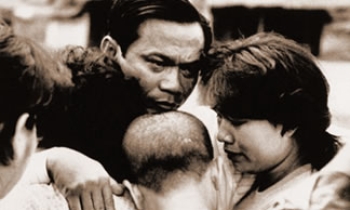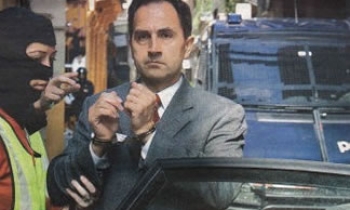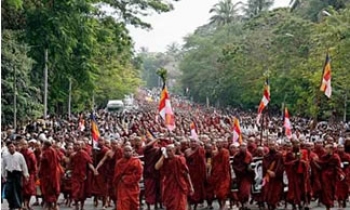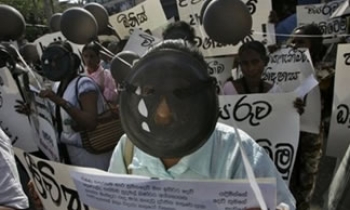Contrary to the movies, hollering "Stop the presses!" all but never happens.
But the mining tragedy last week demanded it.
Front page designer Mark Friesen had left the newspaper about 11:30 p.m. Tuesday after revising Page One through the evening with updates from West Virginia. The banner headline read, "Joy as 12 miners found alive."
As he walked into his Southwest Portland home, his wife was watching CNN, which was airing an interview indicating that most of the miners had died. Within minutes, Friesen was speeding back to help the remaining three late-night colleagues change the newspaper.
Back at the office, copy editor Kay Mitchell already was cobbling together a wire service story after an Associated Press bulletin that moved at 11:50 p.m. Fellow editor Kathryn Quesada and page designer Mark Mandel took other steps to continue revising the story.
They stopped the presses, calling and waking Executive Editor Peter Bhatia for approval.
"It's got to be something that is critically important, like a national election," Bhatia said later, "or something changing dramatically like this, where the story suddenly changed 180 degrees."
The last time The Oregonian stopped the presses because of breaking news was when one edition prematurely declared that George W. Bush had won the presidential election in 2000.
At the heart of such a decision is the tension that permeates almost every decision at a newspaper: Editors want to give readers the most current information, but more than 300,000 subscribers rightly expect the paper on their doorstep by 5:30 a.m. every weekday morning.









